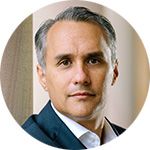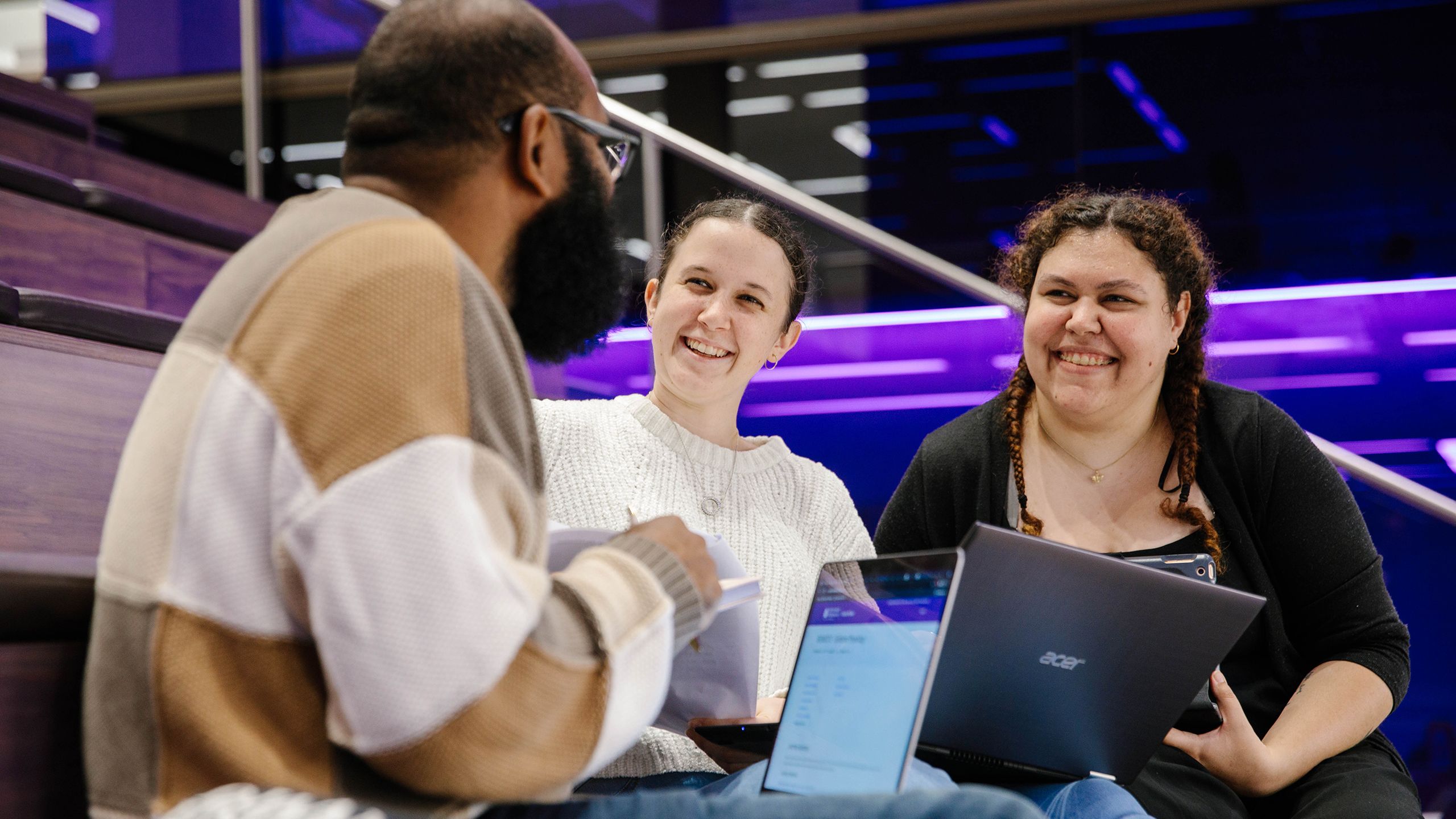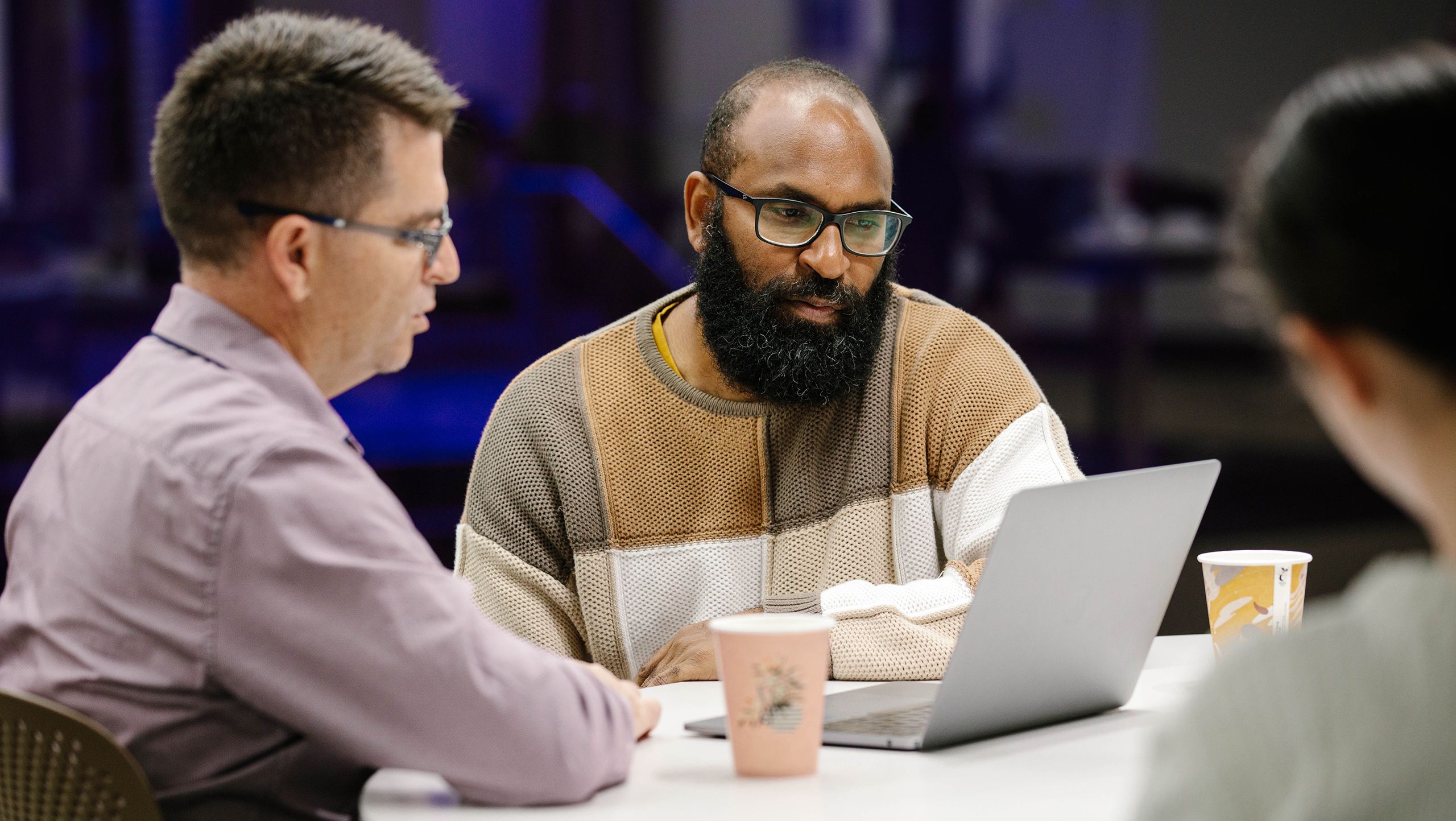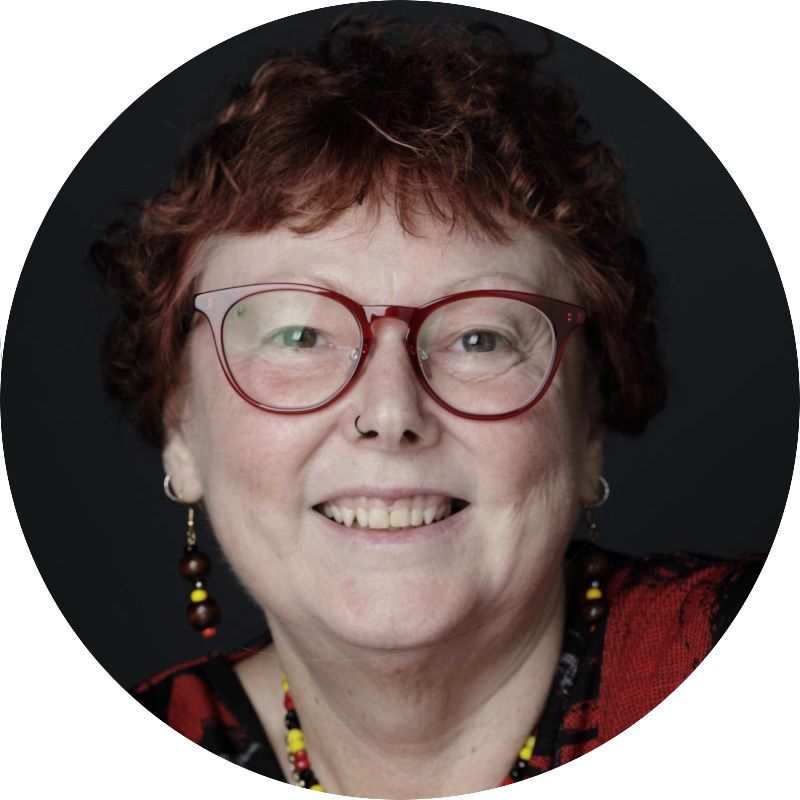Closing the gap on Indigenous business leadership
What you and your organisation can do to help

Fourteen years after Australia established the Closing the Gap framework, Aboriginal and Torres Strait Islander peoples still face barriers to equal labour market participation. In fact, between 2008 and 2018, the employment rate for Aboriginal and Torres Strait Islander peoples only increased by 0.9 per cent.
What is the solution? How can we finally close the gap between Indigenous business leadership and labour market disadvantage?

Dr Sharlene Leroy-Dyer is a lecturer in management at UQ Business School and a Saltwater woman with family ties to the Darug, Awabakal, Garigal and Wiradyuri peoples of NSW who has spent more than 16 years researching Indigenous labour force participation.
She believes we can only achieve appropriate representation when Australian labour force participation is equal to or better than population parity.
“Historically, Aboriginal and Torres Strait Islander peoples have been systematically excluded from many aspects of Australian society such as social security, industrial relations and the education system,” she says.
To Sharlene, it’s no coincidence that Aboriginal and Torres Strait Islander peoples also have the lowest levels of education, income, housing and community services in Australia.
“Aboriginal and Torres Strait Islander peoples currently make up 3.3 per cent of the population. To achieve parity in labour force participation, this percentage of the population should also be reflected in business ownership, in board positions and in senior leadership roles.”
Dr Sharlene Leroy-Dyer
Dr Sharlene Leroy-Dyer
Instead, the unemployment rate for Aboriginal and Torres Strait Islander peoples is three times the national average, the highest of any group in the Australian labour market.
- 223,000 Aboriginal and Torres Strait Islander peoples participating in the labour force
- 4 in 10 (42 per cent) 15 years and older are employed
- More likely to be employed if living in urban areas (45 per cent) than non-urban areas (35 per cent).
- Non-Indigenous people were 1.4 times more likely to be employed than Aboriginal and Torres Strait Islander peoples.
- The Aboriginal and Torres Strait Islander employment rate “has improved by less than a percentage point in a decade – to 49 per cent, compared with 75 per cent for non-Indigenous Australians.”
Source: Australian Bureau of Statistics (ABS) 2018, Census of Population and Housing: Characteristics of Aboriginal and Torres Strait Islander Australians, viewed 10 July 2021 https://www.abs.gov.au/statistics/people/aboriginal-and-torres-strait-islander-peoples/census-population-and-housing-characteristics-aboriginal-and-torres-strait-islander-australians/latest-release
Why it’s important to increase the representation of Indigenous peoples in leadership positions
All Australians must work together to address these gaps moving forward and support Indigenous Australians in achieving equal employment opportunities, including business leadership roles.
Culturally, Aboriginal and Torres Strait Islander peoples are no stranger to leadership positions. “As sovereign peoples of this country, Aboriginal peoples have always been leaders, especially our women,” Sharlene says.
“Our role in society was to lead by example and ensure the next generations had everything in their Dilly bags to succeed. We’re a pluralist (collective) society; we work together for the better of each person and the community.”
“When it comes to business ownership, we need equal access to funding opportunities, funds, mentoring, networking, contracts and tenders,” Sharlene says.

Barriers to increased representation
It’s challenging to talk about how we can increase Indigenous representation in business leadership roles when the disadvantage isn’t limited to the labour market. It’s multidimensional and intergenerational.
And according to Sharlene, systemic racism still exists. “There’s unfortunately still a perception that Aboriginal people can’t do things as well as their Anglo counterparts,” she says.
Another major barrier faced by Aboriginal and Torres Strait Islander peoples is a lack of opportunity.
Matthew Jones is a Torres Strait Islander whose family is from Darnley Island. As a graduate of UQ’s Master of Business Administration (MBA) program and a business owner himself, Matthew identifies that more opportunity for talent pipeline nurturing, mentoring and networking is vital.

Matthew Jones
Matthew Jones
“Firstly, we must understand the talent pipeline and the numbers available at middle management and above to be considered for senior roles. These are comparatively fewer due to the lower rates of high school and university completion for Indigenous Australians over several decades,” he says.
“Secondly, to reach senior leadership levels, my understanding is that you need mentorship and support from executives. As such, it can be hard to market yourself as a minority and easy to be overlooked or pigeon-holed.
“I looked at the UQ MBA as a passport to open more doors. At the time, there was no Indigenous representation on the board or even in management of ASX-listed 200 companies.”

Sharlene says most Aboriginal peoples who go into business do so to give back, share the wealth and ensure employment for their families and communities. "Aboriginal businesses are the highest employer of Aboriginal peoples collectively, therefore ensuring our mob have jobs, housing and that we as people thrive and survive,” she says.
Another example of this trend is the notion of mentorship, Matthew says. “Indigenous people almost intuitively mentor younger First Nations or Indigenous peoples. Culturally, we’re wired to play a role in sharing knowledge and paying it forward.”
Matthew is an example of this concept in action. After completing his MBA, he reached out to AFL legend and 2014 Australian of the Year Adam Goodes, who at the time was chief executive of the Indigenous Defence and Infrastructure Consortium, an organisation advocating to increase Indigenous-owned businesses in the Defence supply chain.
As a result of the connection, Matthew landed a national business development manager role for the Indigenous-owned company, Nogard Australia. Providing similar opportunities to other Indigenous professionals is important to Matthew today.
“I’ve been given so many wonderful opportunities and I want to make sure that I help those within my broader community who haven't had the same opportunities and transfer those skill sets,” he says.
Learn more about how the UQ MBA program prepares future leaders for success.
What non-Indigenous leaders and organisations can do to support Indigenous colleagues
It’s everybody’s responsibility to foster a system that encourages and enables Aboriginal and Torres Strait Islander peoples to succeed. Here are some strategies Sharlene and Matthew shared to support Indigenous professionals at work:
1. Educate yourself
Sharlene is adamant that Aboriginal and Torres Strait Islander staff aren’t responsible for educating non-Indigenous colleagues about the real history of Australia and Indigenous Australian culture. “Only once the true history of this country is acknowledged can we move forward as a nation and celebrate what Aboriginal and Torres Strait Islander peoples bring to a workplace,” she says.
Not sure where to start? Check out Sharlene's suggest list of resources at the end of this article.
2. Acknowledge and celebrate difference
As the oldest living culture in the world, Aboriginal and Torres Strait Islander peoples have their own knowledges and pedagogies. “We cared for this country for hundreds of thousands of years,” Sharlene says. “We have a lot to offer, and we want to share, so embracing the way we do things provides a diverse perspective.”
Matthew agrees, saying, “There are several Indigenous cultural practices that could be exceptionally relevant to the success of businesses at large. Understanding where a person is from, and their mindset helps you see through their lens. Business then becomes about forming a relationship, rather than a transaction.”
3. Prioritise cultural safety
Cultural safety in the workplace is essential to supporting Aboriginal peoples into leadership positions. Ways to support cultural safety include:
- Introducing cultural competency training.
- Implementing policies that ensure racism in the workplace isn’t tolerated, and if it occurs, it’s dealt with quickly and appropriately.
- Ensuring a critical mass of Aboriginal peoples (i.e. not being tokenistic).
As Sharlene says, “we can’t just have one person on a board. Putting Aboriginal people on boards shouldn’t be a tokenistic gesture - that person should have a real say to make meaningful contributions to the board and their communities.”


What role does education play in helping to close the gap?
Former Australian of the Year, Professor Mick Dodson, states that adult literacy is the key to ‘Closing the Gap’ between Indigenous and non-Indigenous peoples in Australia because education is a catalyst for change.
Sharlene agrees, saying, “Education can and does change the lives of those who undertake it, as well as the lives of those peoples’ communities. Education is vital for self-determination and to close the gap on the disadvantage that Aboriginal and Torres Strait Islander peoples face.”
UQ is committed to empowering Indigenous students to lead the next generation of change through a range of scholarships and other support resources.

Dr Sharlene Leroy-Dyer
Dr Sharlene Leroy-Dyer
Sharlene is a lecturer in management at UQ Business School and the School’s Associate PRME Director – Indigenous Engagement. In this role, she works as a liaison between the Business School and the Aboriginal and Torres Strait Islander community, leading the Indigenisation of the School’s curriculum in line with the United Nations Principles for Responsible Management Education’s Sustainable Development Goals.
Reading List
Sharlene's suggested resources to educate yourself

Beyond Blue 2014, Discrimination against Indigenous Australians: a snapshot of the views of non-Indigenous people aged 25–44, Beyond Blue, Melbourne. https://cpb-ap-se2.wpmucdn.com/uowblogs.com/dist/2/2727/files/2017/03/Beyond-Blue-ATSI-20b4cj7.pdf
Carlson, B 2016, The politics of identity: who counts as Aboriginal today?, Aboriginal Studies Press, Canberra. https://aiatsis.gov.au/publication/35064
Dudgeon, W. and Wright, M. and Paradies, Y. and Garvey, D. and Walker, I. 2010. The Social, Cultural and Historical Context of Aboriginal and Torres Strait Islander Australians, in Purdie, N. and Dudgeon, P. and Walker, R. (eds), Working Together: Aboriginal and Torres Strait Islander Mental Health and Wellbeing Principles and Practice, chapter 3, pp. 25-42. Barton ACT: Australian Government Department of Health and Ageing.
Gorringe, S, Ross, J & Fforde, C 2011, ‘Will the real Aborigine please stand up?’ Strategies for breaking the stereotypes and changing the conversation, AIATSIS Research Discussion Paper no. 28, AIATSIS, Canberra. https://aiatsis.gov.au/publication/35319
Grant, S 2015, ‘The politics of identity: we are trapped in the imaginations of white Australians’, The Guardian, 14 December. http://www.theguardian.com/commentisfree/2015/dec/14/the-politics-of-identity-we-are-trapped-in-the-imaginations-of-white-australians
Grieves, V 2014, ‘Culture, not colour, is the heart of Aboriginal Identity', The Conversation, 18 September. https://theconversation.com/culture-not-colour-is-the-heart-of-aboriginal-identity-30102




